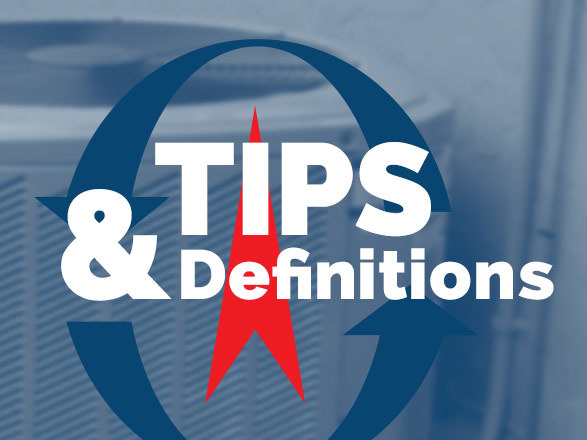How Thanksgiving Will Ruin Your Home’s Air
October 25, 2017

Indoor air pollution most likely isn’t at the forefront of your mind as you plan Thanksgiving dinner. But it should be.
You see, most homes in the US consistently carry high levels of dangerous pollutants such as:
- Carbon monoxide
- Nitrogen dioxide
- Acrolein
- Formaldehyde
In fact, the pollution levels found in many homes would be illegal if found outdoors. So what’s causing all this indoor air pollution? Cooking.
And since Thanksgiving usually means cooking all day, you can only expect these pollution levels to soar, leaving guests with:
- Itchy eyes and throats
- Dizziness
- Flu-like symptoms
- Headaches
- And more...
But don’t worry—we would never tell you to avoid cooking on Thanksgiving Day.
Instead, we’ll show you how you can decrease your pollution levels as you prepare for the big dinner.
How to banish pollutants from your home’s air
1. Ventilate
The best way to prevent pollutants from building up in your home’s air is to make sure they have an easy “escape route” from your home.
For example, open a window and/or door while you’re cooking. This allows polluted air to drift outside and also brings fresh outdoor air into your home.
But the best way to ventilate is to run your kitchen hood. The kitchen hood is the exhaust vent or “fan” that sits directly above your stove. It basically sucks up all of the smoke, fumes and pollutants produced by cooking and vents it all safely outdoors.
Tips to make sure your kitchen hood removes more pollutants:
- Wipe down the kitchen hood before you start cooking
- Run the kitchen hood at all times while cooking
- Run the hood on the highest setting at all times
- Try to cook using the back burners only (this is where the hood captures the most pollutants)
2. Add houseplants
Plants can actually destroy the harmful pollutants caused by cooking. You see, plants naturally absorb dangerous gases via their leaves and roots as a part of their metabolic process.
In fact, according to NASA, certain plants are exceptionally effective at removing harmful cooking by-products such as benzene, formaldehyde and carbon monoxide.
Some of these super-purifying plants include:
- Butterfly palm
- Ficus
- Lady palm
- Dracaena
- Bamboo palm
- Philodendron
Want to learn more about how you can clean your home’s air with a few houseplants? Just read our blog, “4 Plants That Purify Your Home’s Air”.
Upgrade your air filter
If you upgrade to an air filter with a MERV of 13-16, you can remove 75% to 95% of the contaminants in your home’s air.
You see, all filters help clean your air but not to the same degree. An air filter’s effectiveness is measured by its MERV rating. The higher the MERV, the smaller the particle a filter can capture. Unfortunately, most homeowners use the typical fiberglass air filter which has a MERV of only 4. This filter can only remove large particles like dust and pollen.
But a filter with a MERV of 13 to 16 can capture ultrafine particles that are smaller than 1 micrometer, which is the size of most pollutants caused by cooking.
Need help keeping your air clean this Thanksgiving?
Just ask us. We can help you choose the right filter for the job or even suggest more advanced air purifying systems.
- Posted in:

